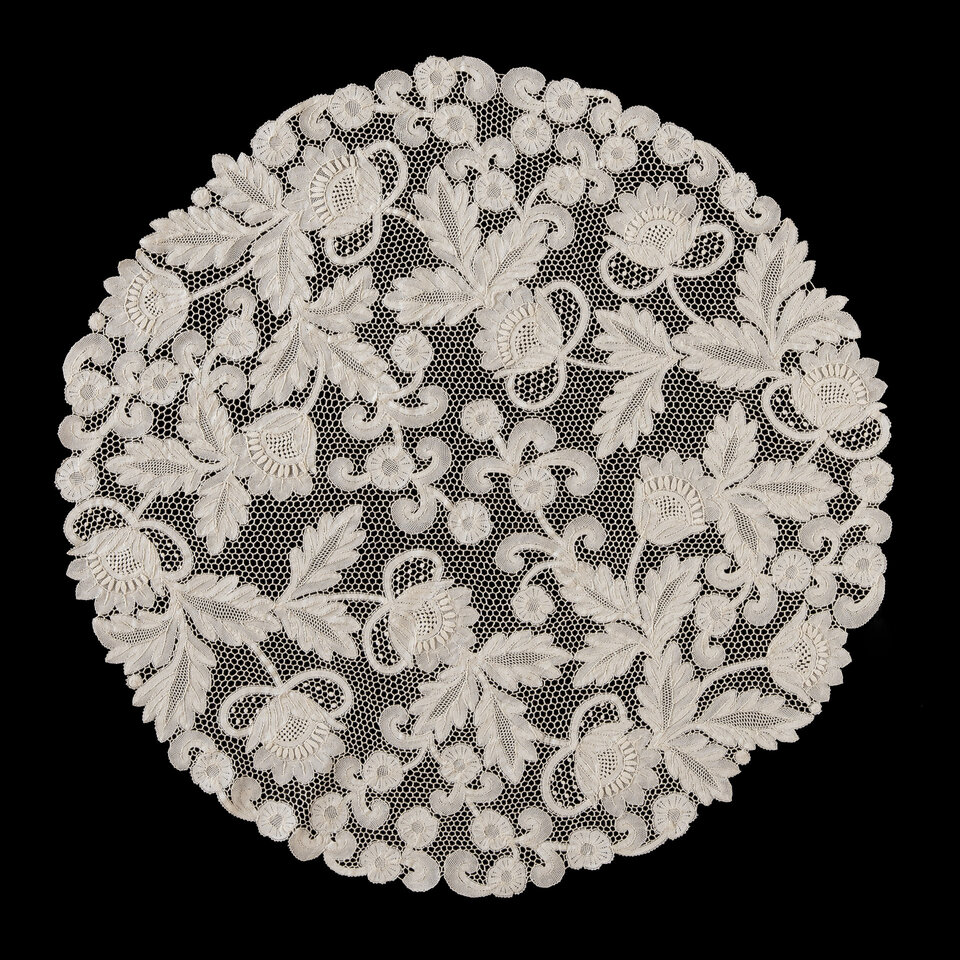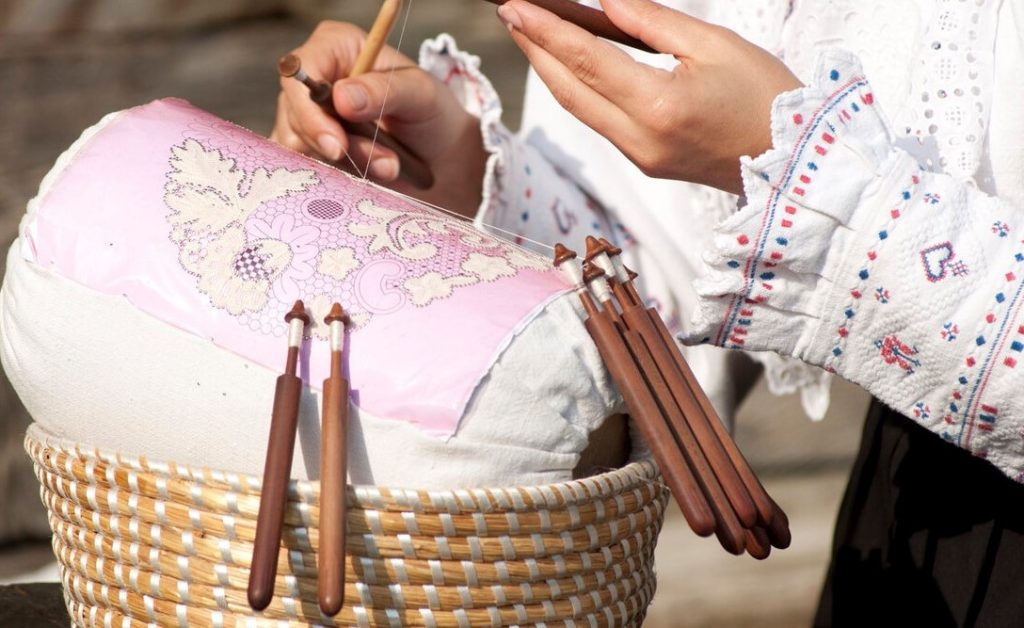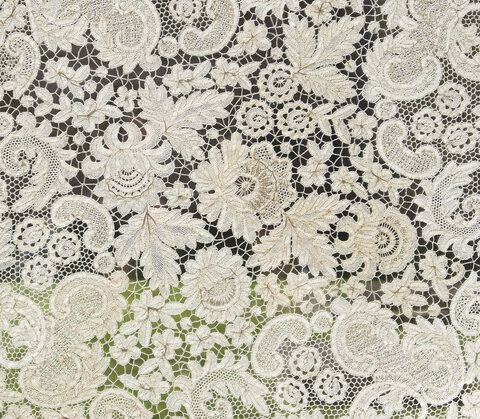Since 2009 Lepoglava Lace has been included on the UNESCO Representative List of the Intangible Cultural Heritage of Humanity.
This wonderful lace with all its beauty and magic, which is believed to have been brought to Croatia by Pauline Monks centuries ago, is a very special feature of Lepoglava and its surroundings. The skill of lacemaking was gradually adopted by rural inhabitants and has remained an unbroken tradition. Lepoglava Lace blossomed fully at the end of the 19th and the first half of the 20th Centuries thanks to Zlata pl. Šufflay, who was the first to organize lacemaking and enrich it with national ornamentations. Her work was successfully continued after the First World War by Danica Brössler.



Danica Brössler’s Magnus opus was based on the technological features that characterized Lepoglava Lace and can be summarised into several points:
Lacemaking technique – bobbin lace
Lacemaking method: on a round hard pillow (‘dedek’) and a paired number of wooden bobbins (‘bateki’) across a pricking card, interlaced in such a way that the contours of an individual motif are clearly emphasized and expressed in a combination of dense and sparse lacework.
Materials: white and beige cotton threads
Ornamentation: geometric and stylistic motifs of flowers and animals
Recurring motifs: stems, snails, twists, crescent, roses, poppies, rose leaves, oak leaves, flowers, flowers with leaves, ivy, acorns, butterflies, and birds.
Base and fillers: nets, nets with loops, spider web, honeycombs with leaves, chessboard, a letter ‘K’, diagonal net.
Products: small tablets-bases of circular, oval, and rectangular form of various sizes.
This centuries-old tradition of bobbin lacemaking in the Lepoglava region has created and preserved to the present day a distinctive form of lacemaking which, for the most part, was made possible due to the extraordinary talent of Danica Brössler. Her skills have been followed by a large number of talented female lacemakers who have been able to turn her ideas into a finished product – which today is recognized as LEPOGLAVA LACE.
Since 2009 Lepoglava Lace has been included on the UNESCO Representative List of the Intangible Cultural Heritage of Humanity. The International Lace Festival that takes place every September is particularly important in the promotion of Lepoglava Lace.

Author: turizam-vzz.hr
Photography: Darko Gorenak Godar, Božidar Breški




